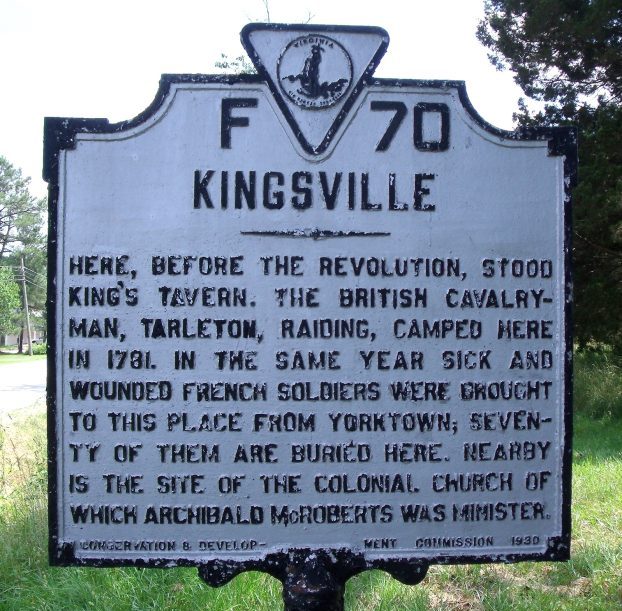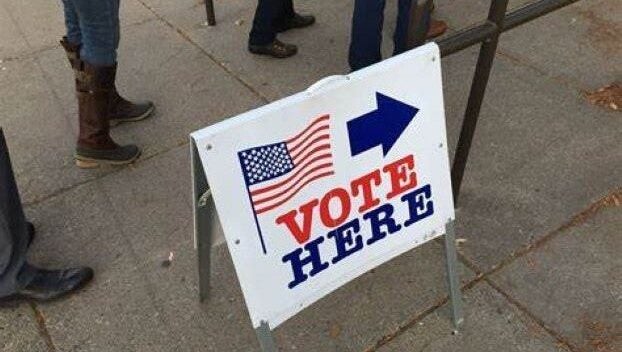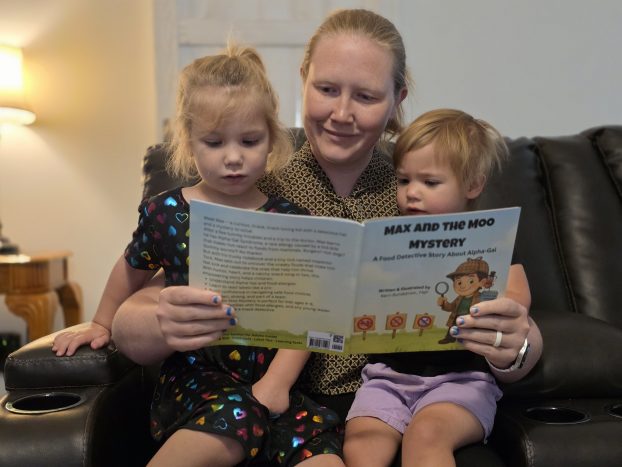SOLs reflect virus’ toll on learning
Published 7:00 pm Tuesday, August 31, 2021
|
Getting your Trinity Audio player ready...
|
The Virginia Department of Education (VDOE) has released the 2020-2021 Standards of Learning (SOL) test results.
With scores plummeting across the commonwealth and nation, state leaders and educators are hoping to utilize this year’s numbers to establish a baseline for academic recovery from the pandemic.
In a Thursday, Aug. 26, release, VDOE officials noted the department and school divisions were anticipating this year’s low SOL pass rates given the impact of the pandemic as reported on local assessments administered earlier in the year.
Trending
Statewide, 2020-2021 SOL pass rates sat at 69% for reading, 54% for math and 59% for science.
As the commonwealth’s SOL testing for 2019- 2020 was canceled due to the pandemic, the last SOL pass rates for these categories come from the 2018-2019 school year. During this time, statewide pass rates were 78% for reading, 82% for math and 81% for science.
Pass rates were considerably low for local school systems this year as well. Prince Edward County Public Schools (PECPS) students scored a pass rate of 48% in reading, 25% in math and 37% in science for the 2020-2021 SOLs. 2018-2019 scores for these subjects were 61%, 61% and 60%, respectively.
In Buckingham County Public Schools (BCPS), this year’s test results were 49% for reading, 36% for math and 64% for science. For the 2019-2019 SOLs, students scored 61% for reading, 72% for math and 64% for science.
Cumberland County Public Schools (CuCPS) students scored 56% for reading, 33% for math and 56% for science this year. In the 2018-2019 school year, students had a 68%, 76% and 78% pass rate for these subjects, respectively.
The large differences between 2018-2019 pass rates and pass rates this year come as no surprise to VDOE. On Thursday, officials noted the last year was an abnormal one for students and teachers, adding today’s SOL results should not be compared to prior years for a multitude of reasons.
Trending
The 2020-2021 SOLS, required by federal law, followed trends on state tests throughout the U.S.
During the 2021 SOL tests, the first administered in two years due to the coronavirus pandemic, students were required to take state assessments in school buildings in order to maintain security protocols.
In a typical year, the release added, participation for the tests is usually around 99%. In 2021, 75.5% of students took the reading assessment, 78.7% took the math test, and 80% of students took the science test.
There were also far less retakes performed this year, something officials attribute to the waiver of state accreditation for 2021-2022. Students can typically retake a test if they fail their first attempt by a small margin, with retakes usually accounting for up to a 5% in school pass rates.
“Virginia’s 2020-2021 SOL test scores tell us what we already knew — students need to be in the classroom without disruption to learn effectively,” Superintendent of Public Instruction James Lane said. “The connections, structures and supports our school communities provide are irreplaceable, and many students did not have access to in person instruction for the full academic year. We must now focus on unfinished learning and acceleration to mitigate the impact the pandemic has had on student results.”
In Thursday’s release, officials noted data from this year’s test results will inform initiatives and policies to help students and their schools recover from the impacts of the pandemic, citing Northam’s May announcement of $62.7 million on Virginia LEARNS Education Recovery grants which are aimed at helping schools to implement strategies to address the pandemic’s impact on learning.
Furthermore, $147 million in funds from the federal American Rescue Plan’s Elementary and Secondary School Emergency Relief Fund are required to be used by Virginia to support instructional recovery efforts, according to the release.
BCPS Superintendent Dr. Daisy Hicks noted the school’s SOL results will be addressed during the September School Board meeting.
“The ongoing pandemic had a major impact on the education of all students since pass rates were lower across the board,” CuCPS Superintendent Dr. Chip Jones stated Friday, Aug. 27.
On Friday, Jones said CuCPS and other school divisions across Virginia were anticipating a drop in pass rates, adding the data reinforces the need for in person instruction.
Jones said the school saw declines in the achievement levels of all students, particularly in the reporting groups of students with disabilities, African Americans and students in poverty, noting math is a particular area of concern.
Jones said CuCPS’s priorities in combating pandemic-driven education loss include focusing on re-engaging students through in person learning while providing alternatives for families that chose to learn remotely. The school has added additional teaching and learning facilitators at the elementary, middle and high school levels as well as additional math periods in high school. Students also now have additional after school opportunities for academic acceleration.
Jones added the school has realized there is a need to ensure the social and emotional wellbeing of students and staff is taken care of.
“We added an additional school counselor as well as an additional day with our contracted school psychologist,” he said. “I do appreciate everything that our families and the entire school team are doing to make the 2021-2022 school year as normal as it can be.”
Dr. Barbara Johnson, PECPS superintendent, said Monday, Aug. 30, this year’s SOL data is mainly a diagnostic tool to make sure educators know where students are in their learning so plans can be designed to help them recover from the effects of the pandemic.
“PECPS scores are not a reflection of what our children are capable of achieving,” she said. “Rather, they are a reflection of 18 months without direct instruction. They are a reflection of the best efforts of children, staff, parents and community attempting to adapt to a virtual learning environment that will never replace in person learning for the majority of K12 learners.
Johnson said this year’s pass rates pointed out issues primarily in the learning concepts of math and science, hands-on learning areas which were difficult for students who learned primarily through virtual means last year. Data also highlighted existing disparities among certain student groups such as economically disadvantaged or special education students.
Johnson said the school is focused on working one-on-one with students on targeted interventions to address learning needs. The school will also provide tutoring and intersession in the fall and spring.
And while the school only had three high school students opt for a retake, PECPS could have had an additional 410 retakes of assessments out of the 2,682 assessments given.
“We know that the scores are low and unacceptable; however, I also know that we have pandemic learning loss strategies in place, and we are strategically using every instructional minute to address the needs of our students. (We) continue to excite, explore and engage our students through meaningful instruction as we recover from the ‘year of resilience.’”





